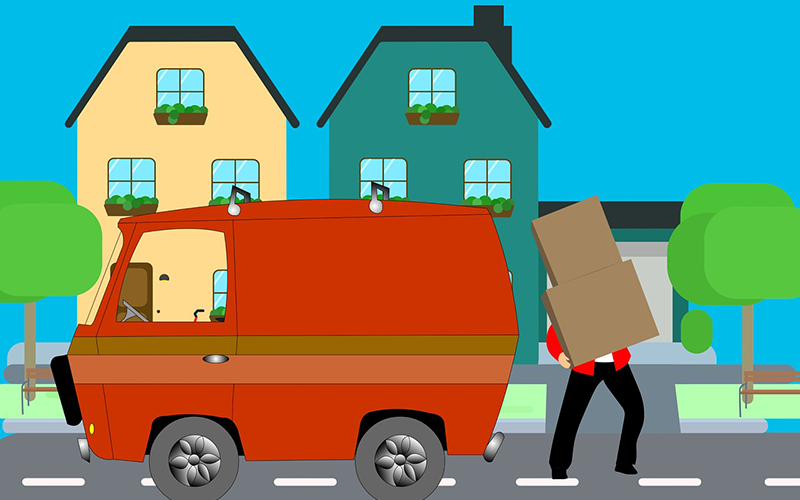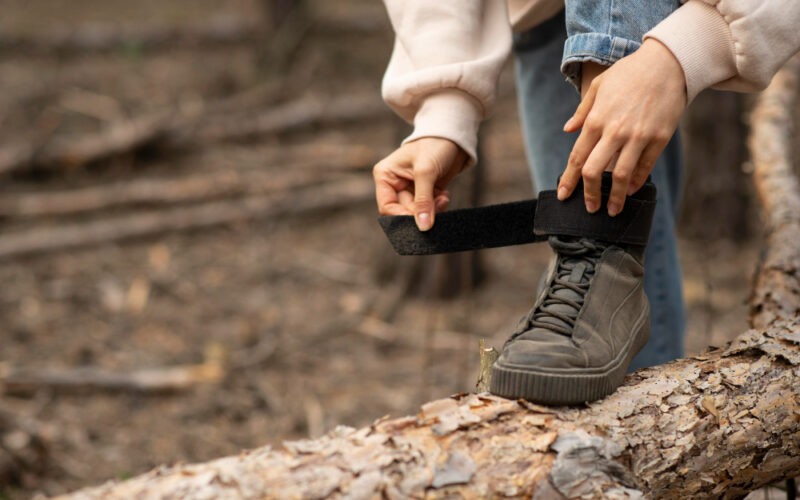
If you’re contemplating a move and have decided to do it yourself rather than pay movers, you may be wondering how to effectively prepare and move your belongings. Hauling huge, hefty furniture items can be more difficult than carrying tiny objects like clothes. It’s vital to plan ahead of time for moving furniture to avoid causing harm to your belongings before they reach their new location. To assist you in preparing your furniture for a move, here are a few pointers provided by expert furniture removalists Melbourne crews.
Decide What You Want To Move
Take inventory of what you have, how long it will take to dismantle and arrange it, and what you can do ahead of time to prepare for your relocation. The beds, for example, might not be able to be dismantled before moving day, but your work desk might.
Measure Your Doorways and Hallways
Planning ahead will help save time and effort when moving furniture. While some furniture may be dismantled, sofas, cupboards, and wardrobes are still significant pieces of furniture. To figure out how you’ll relocate everything, take measurements of all your furniture, as well as your doors and hallways. Determine whether the doorway or any wall foundation mouldings will need to be removed to allow the furniture to pass through more quickly.
Clear The Path
Clear each path to the front entrance a few days ahead of your move. Remove all clutter from doors and entryways. To keep the doors open throughout the transfer, prop them wide open and utilise a door stopper. This will make moving furniture out of the house much easier and will keep the furniture from colliding with other objects.
Find The Right Moving Tools
Small furniture is simple to transport without the use of special equipment or tools. Larger furniture items, such as hefty chairs, sofas, cabinets, and dressers, may necessitate the use of special moving equipment. To make moving these items easier (and safer), try renting a slider or hand truck. Sliding straps and a skid board are two other moving items that can be useful. Place gliders under your furniture if you have hardwood or tile floors to avoid scratching it.
Get The Right Packing Supplies
There are other furniture relocating products to consider besides cardboard boxes, packing tape, and bubble wrap. Many of these items can be found at hardware stores or even on the internet. Some moving companies, on the other hand, may rent these items out, and that might be a less expensive option. Ensure you have blankets, bubble wrap, sofa and mattress covers, furniture pads, corrugated cardboard sheets, and other supplies on hand if you’re moving heavy furniture.
Choose Proper Transport
When it comes to relocating by yourself, furniture removalists Sydney crews say that finding the correct moving vehicle is important. Look for tie-downs and a ramp on trucks or moving containers. The tie-downs will allow you to keep your furniture in place while travelling, preventing it from falling over. Loading and unloading big objects will be easier with a ramp.
Dismantle Your Furniture
Prepare the items of furniture that need to be disassembled first. Because these are the most time-consuming, do them whilst you’re feeling energised. Any parts which can be replaced should be done so. Table legs, tabletops, shelving, and bed frames, in particular. Work on one part at a time, storing the nuts, screws, and washers inside the plastic bag. On the outside, write which piece it belongs to and what tools are needed to reassemble it.
Make Sure You Don’t Lose Anything
Tape these bags to the undersides of the larger pieces with masking tape. Make sure they’re not taped to anything that might get damaged whenever the tape is withdrawn. If there are many sections to the piece of furniture, number them “1 of 5,” “2 of 5,” and so on. Apply a small sticker to the underside of the box. Secure any assembly instruction manuals that arrived with the furnishings to the underside if possible.
Clean The Furniture
Take the time to clean and dust all of your furniture before packing. During the moving process, dust and dirt can harm your furniture. Furthermore, cleaning your furniture before moving ensures that you won’t carry any unwanted dirt into your new house.
Pack Up Whatever Can Be Packed
Remove the pillows and cushions off the couch and arrange them in transparent plastic garbage bags. Ensure that the bags are securely fastened. Make certain there are no gaps. These bags could be used to safeguard fragile items on the truck or to fill cracks and fissures. Wrap the pieces in blankets or wrappings and tape or rope them together. Use caution when applying tape to painted or polished surfaces. Before you relocate, don’t clean the upholstery or furnishings. After you’ve relocated into your new house, you’ll want to carefully clean everything. You’ll save money by not having to clean as much.
Protect Valuable And Fragile Pieces
Wrap moving blankets on furniture items you wouldn’t want to get damaged, which you may get at a moving business or when you rent your moving van, ensuring sure the object is well covered. The blanket will be secured with packing tape.
Load Heavier Items First
If you’re in the process of relocating and also have hired a moving van. Make certain you understand how to properly load the truck. Couches or sofas, appliances, side tables, chests, and dressers should be carried first and placed in the truck’s back. If you’ve employed movers, they’ll load the truck and make sure all of your belongings arrive in one piece.
Despite the fact that it may appear self-evident, the majority of people will attempt to lift huge furniture by themselves. Ask your relatives & friends. Alternatively, you might hire an expert furniture removalists Frankston crew to assist you in moving large items. When you employ a moving company, you eliminate the worry of moving because they will know what to do to keep all of your belongings secure.





